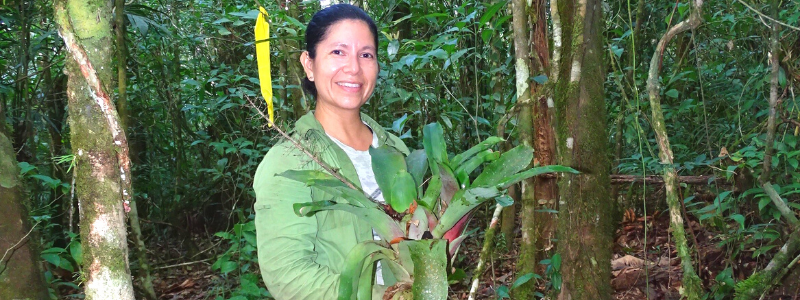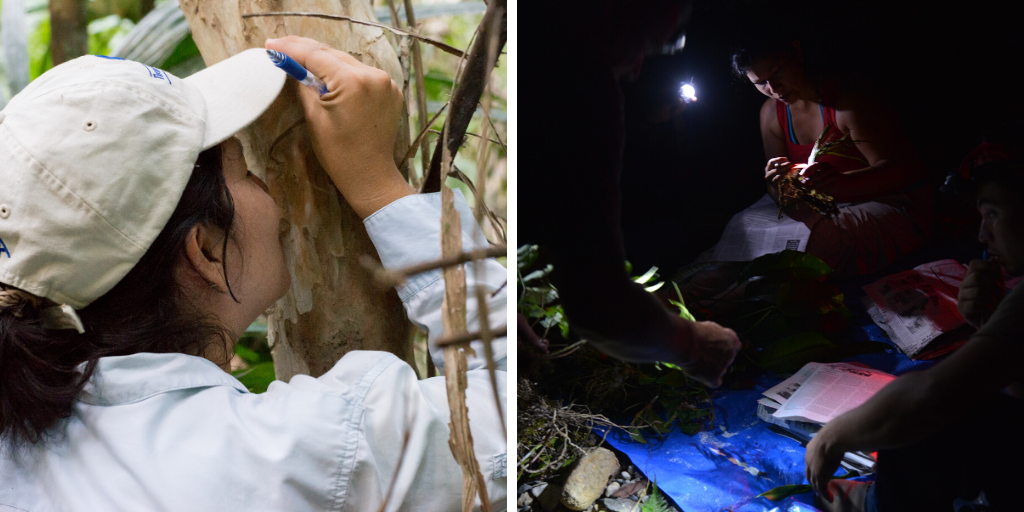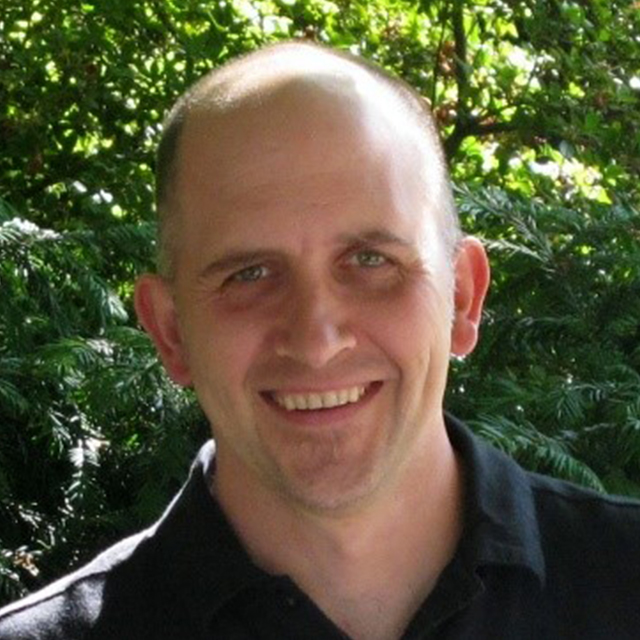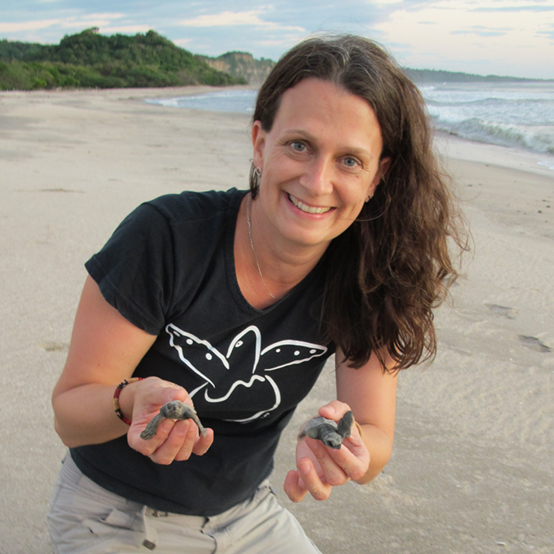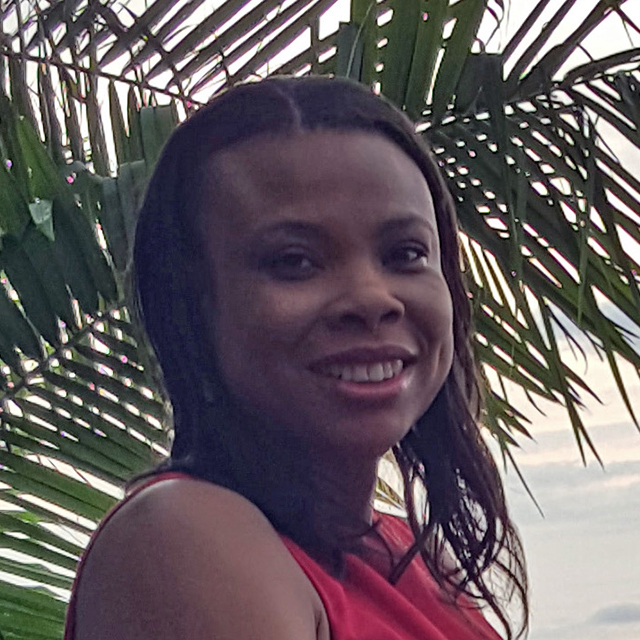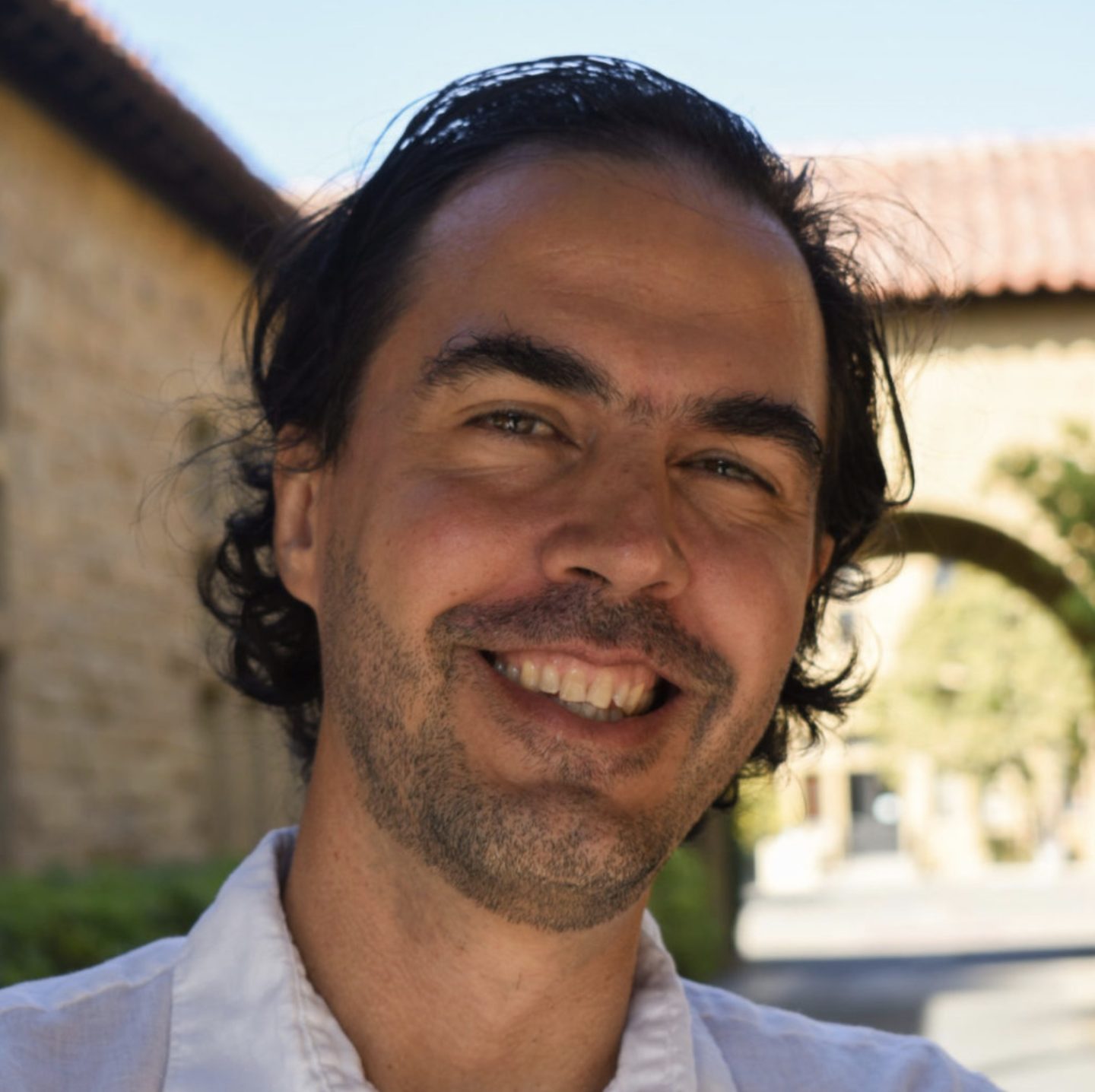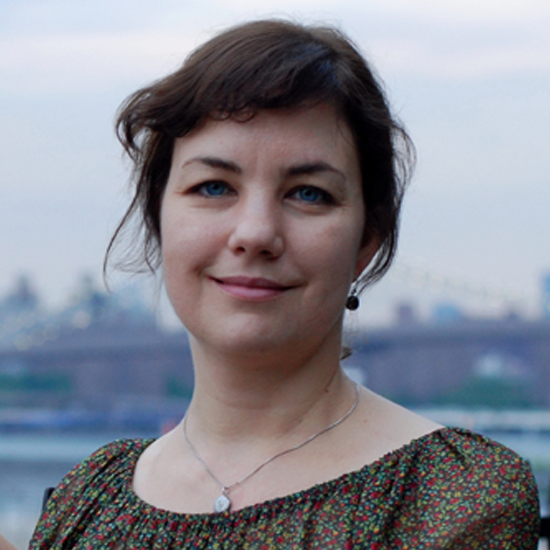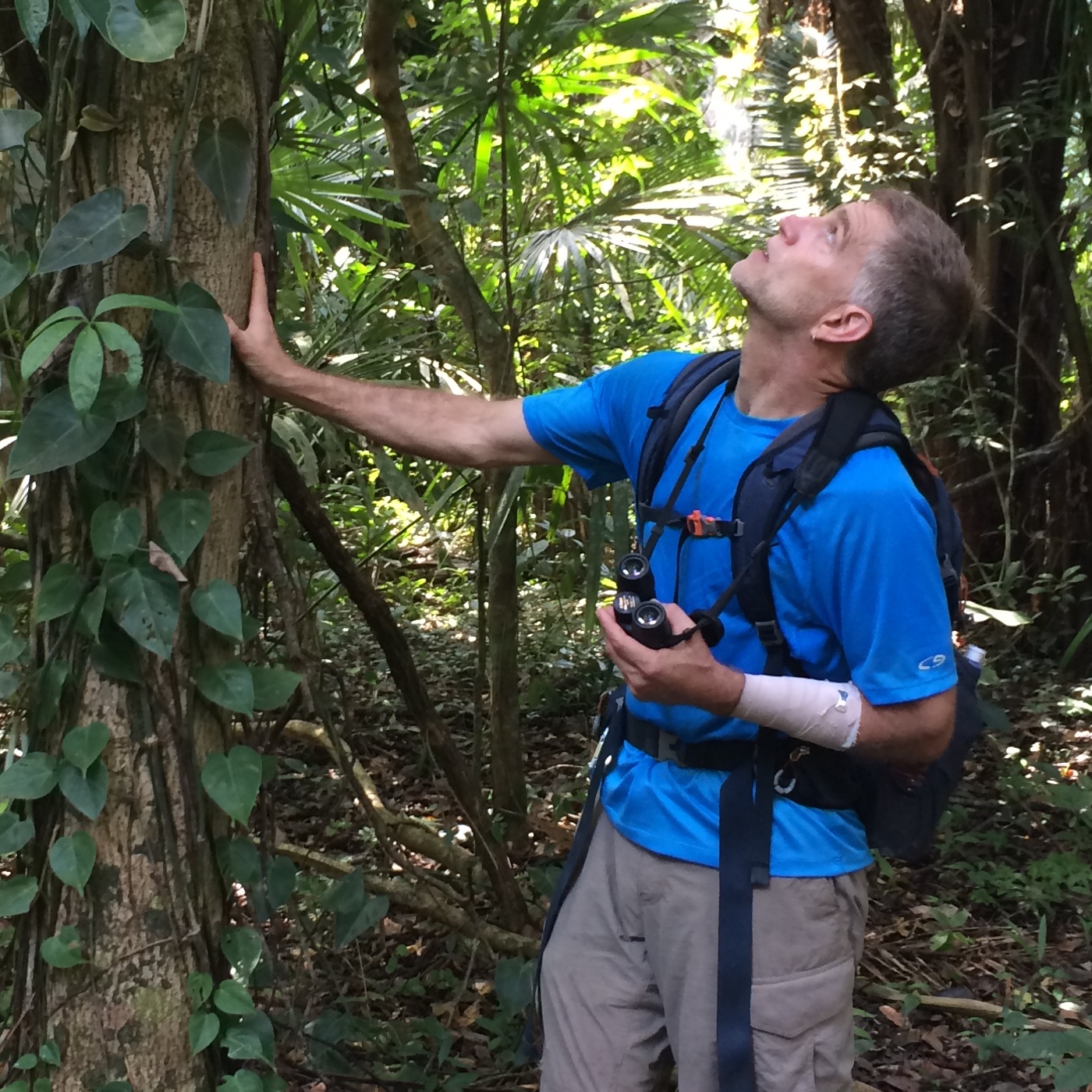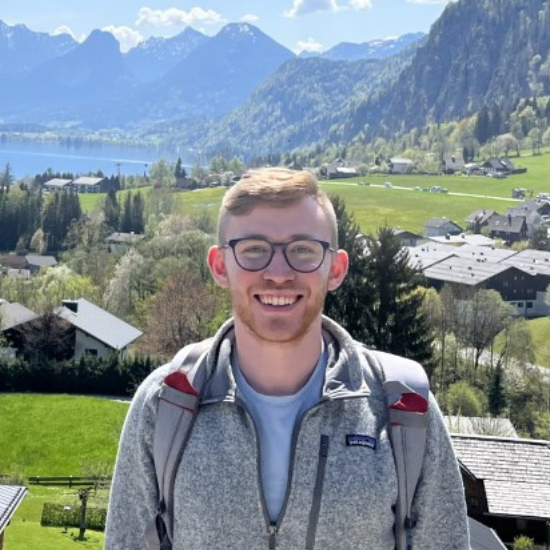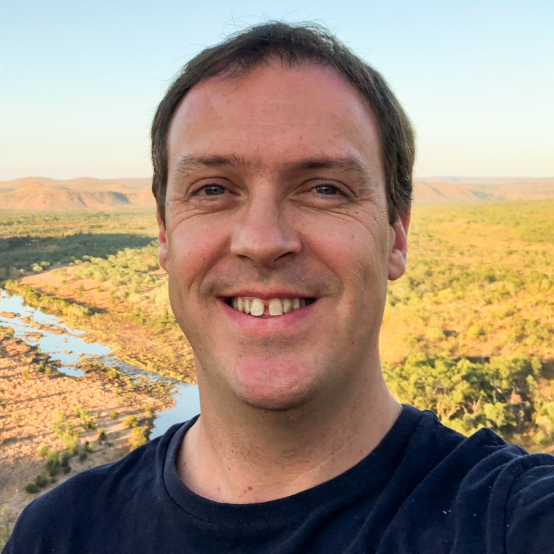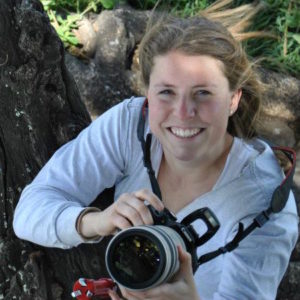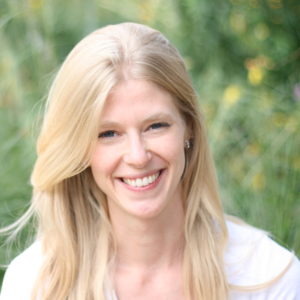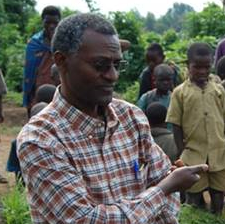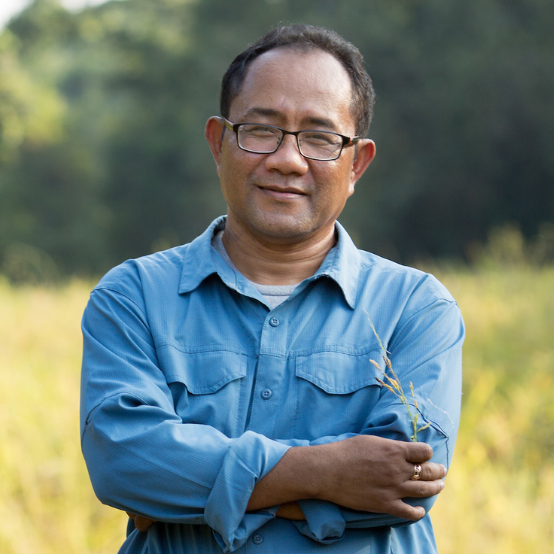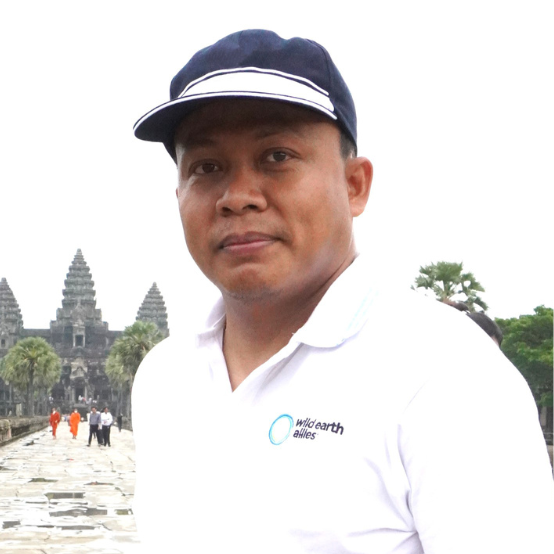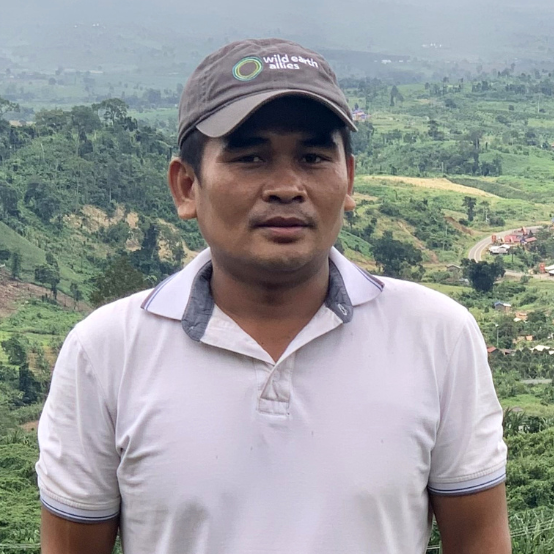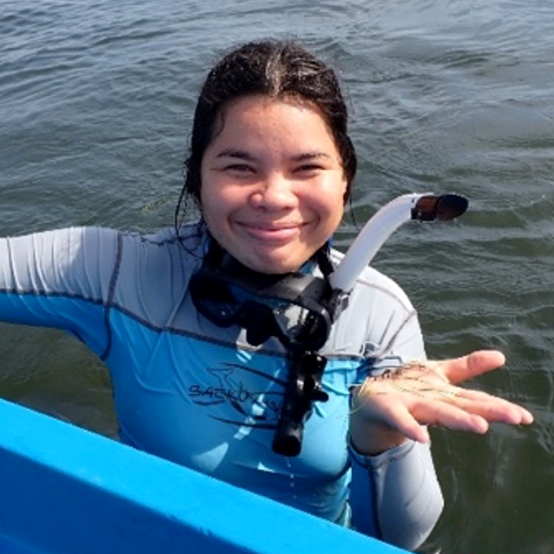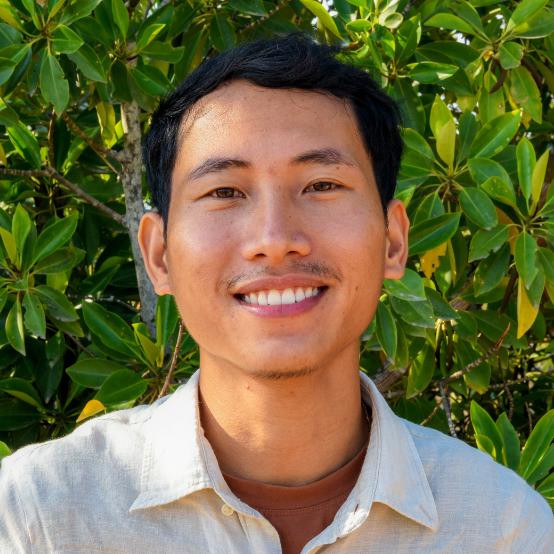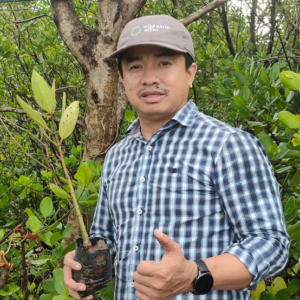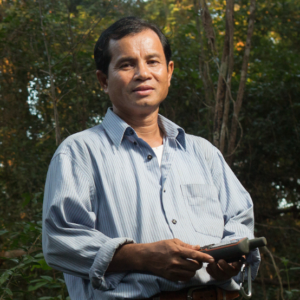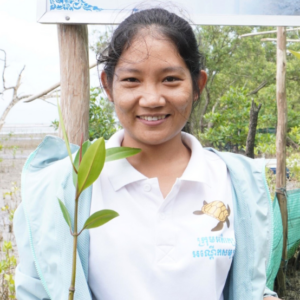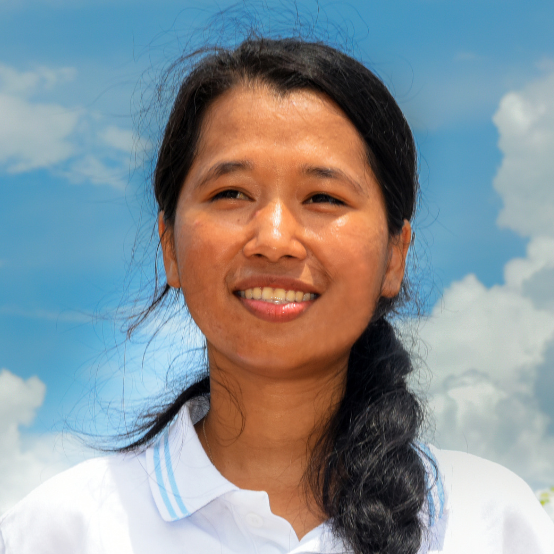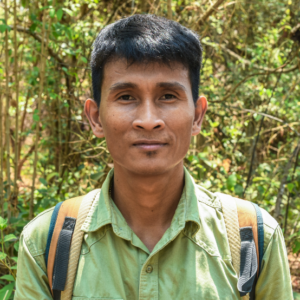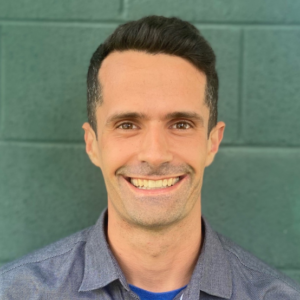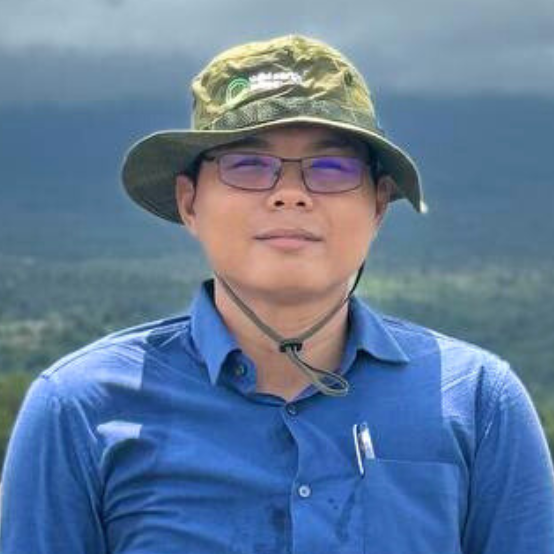Our Voices from the Field series is a behind-the-scenes look into the conservation efforts of our field teams and partners around the world. We believe protecting the planet begins with people and this series highlights talented practitioners and the work we do protecting our natural world, together.
Elma Kay, Ph.D. is the Science Director for the Sustainable Landscapes Program at the University of Belize Environmental Research Institute (UB ERI). The UB ERI, inaugurated in January 2010, was created primarily to address the large gap in local capacity for research and monitoring that exists within Belize.
Continuing our Voices from the Field series, we spoke with Elma about her work at the UB ERI and across Belize.
At left, Elma conducts field work. At right, Elma presses plants in the Bladen Nature Reserve in southern Belize. (Photo Credit: Daniel Perales)
What initially sparked your interest in creating the University of Belize Environmental Research Institute (UB ERI)?
After completing my PhD studies in the United States I returned home with the hope of being involved in research that would contribute to the sustainable development of Belize. However, the system and limited resources at our then 5-year old national university were focused on teaching only.
After four years of teaching at the University of Belize and seeing the immense potential and opportunity, particularly for filling the gap in local scientific capacity and producing results for the management of our natural resources, Dr. Leandra Cho-Ricketts, my marine counterpart at the Institute, and I saw the need to create something different. We wanted a place – a space – that could add quality to the teaching and learning of the academic programs of the university and to train and mentor the new generation of conservation and natural resources management professionals. We wanted to do this while contributing tools and scientific evidence to guide management and policy interventions so that Belizeans can enjoy the country’s amazing biodiversity and natural wealth for generations to come.
This has proven to be especially key as our biodiversity and ecosystems experience increasing threats from conversion or alteration, unsustainable extraction and use, and climate change.
What are the top conservation milestones from UB ERI’s first decade?
The UB ERI just celebrated its tenth anniversary and, without a doubt, our proudest achievement has been all the students, volunteers, interns, staff and other natural resources management professionals who we have mentored and worked with.
Through specialty teaching in the Faculty of Science and Technology at the University we have trained over 800 university graduates. Through our mentorship and professional capacity building programs we have touched the lives of almost 500 mostly Belizean, but also international practitioners in the fields of conservation and natural resources management from government, non-government, civil society and the private sector. These are the people making a difference on-the-ground when it comes to the management of our national protected areas system and other natural resources.
In terms of research and monitoring, we have developed agendas and programs based on national needs and aimed at setting strategic direction. Our annual marine and terrestrial biodiversity monitoring is guiding adaptive management by our on-the-ground partners in key parts of the country and our staff serve on 25 national technical and scientific committees guiding protected areas and natural resources management policy.
As an example, ten years of research and policy work in the Maya Forest Corridor (MFC) with key partners is now being consolidated in an initiative that we are coordinating to save over 40,000 acres of critical habitat connecting the country’s two major forest blocks. This effort will consolidate our National Protected Areas System (NAPS) and link Belize’s largest biodiversity stronghold, the Maya Mountain Massif, to Mesoamerica’s largest forest, the Selva Maya.
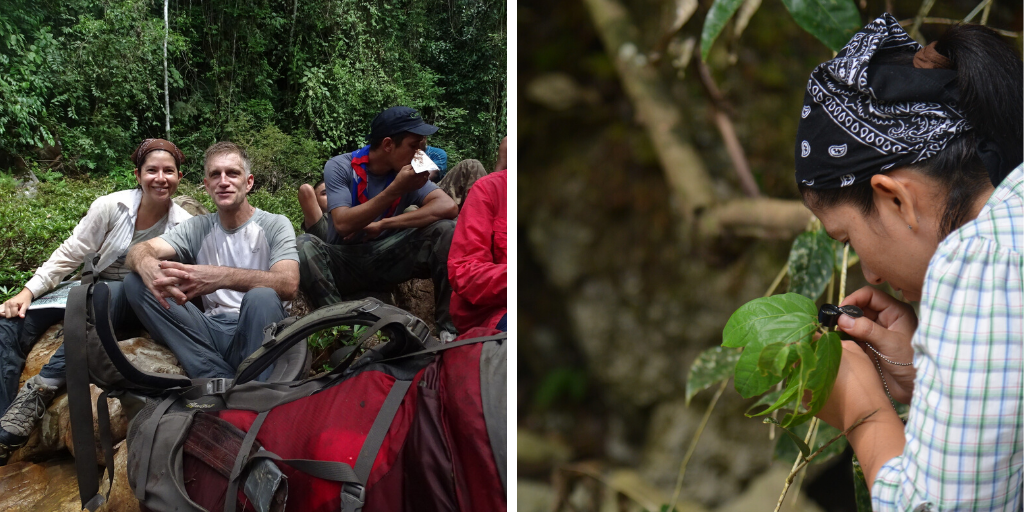
At left, Elma sits with botanist Steven W. Brewer while taking a break from hiking into the Cocoa Branch area of the Sittee Forest Reserve in Southern Belize. At right, Elma conducts field work. (Photo Credit: Daniel Perales)
You have recently galvanized strategic action to protect the Maya Forest Corridor in Central Belize, involving many different international and national stakeholders. What is your vision for this initiative when fully realized?
The vision for the MFC is to create an unprecedented conservation model in which several stakeholder institutions, from both government and non-government sectors, can work with private landowners and communities to fulfill the goal of maintaining Belize’s NPAS.
The integrity of the NPAS, and its rich biodiversity and ecosystem, is highly dependent on connectivity through the MFC that will maintain healthy populations of important wildlife such as the iconic Jaguar (Panthera onca), endangered Baird’s Tapir (Tapirus bairdii), regionally endangered White-lipped Peccary (Tayassu pecari), and critically endangered Central American River Turtle or Hicatee (Dermatemys mawii).
If these wildlife populations and the ecosystems they inhabit cannot be protected, we lose our ability to receive from them the many benefits they provide to our health, wealth and overall well-being.
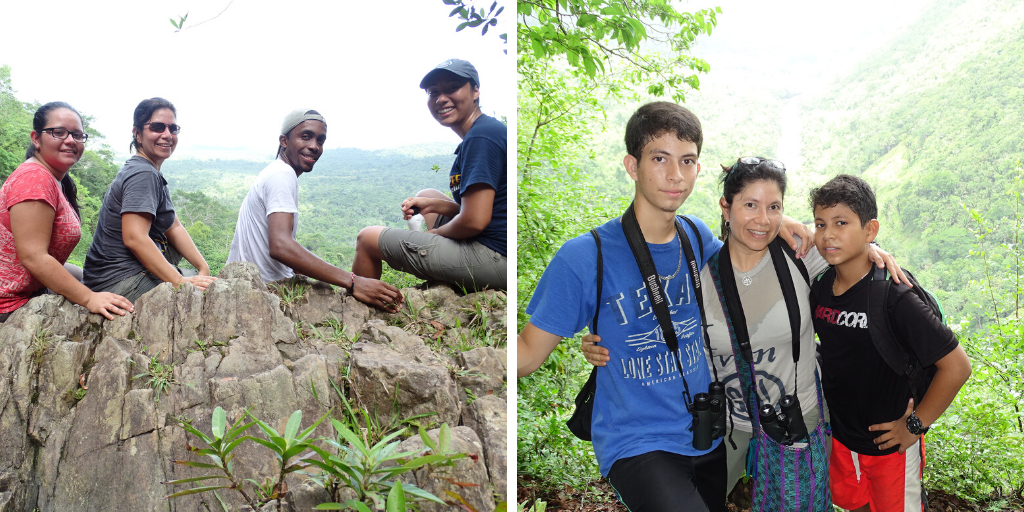
At left, Elma with past student mentees and now colleagues. At right, Elma with her two sons, Gabriel and Ivan.
You have been a strong advocate for the Trees of Belize project, and its relevance for driving stronger forest conservation. Can you explain? (Editor’s Note: In 2018, Wild Earth Allies kicked off the Trees of Belize Project, a multi-year effort dedicated to growing and cultivating in-country expertise and interest in botany. Dr. Steven W. Brewer is leading the Trees of Belize project in collaboration with the UB ERI.)
We all know the phrases: you cannot love what you do not know and you do not protect what you do not love. To me, the Trees of Belize project is really about knowing and understanding in order to fall in love and, consequently, protect.
Why should we protect forests? Apart from being beautiful, forests are vital to our existence. This is highlighted by the impact of the more frequent droughts we have been experiencing. Something like the generation and cycling of water is a simple concept: no forest – no water. Likewise, no trees – no forests. It is each of the individual trees in a forest that make up the functions of the forest. The first step to protecting is to know what those trees are and to understand their role in the ecosystem. In Belize we are incredibly blessed to still have 60% of our forests. We should not wait any longer to understand what trees we have in these forests.
The Trees of Belize project is a unique opportunity to consolidate the life’s work and incredible expertise of Dr. Brewer as a resource for Belizean conservation professionals and natural resources managers. Trees of Belize is a tool for management and action, for capacity building, and for inspiring a new generation of Belizeans who can get to know, love and protect.
As we speak, COVID-19 continues to affect all corners of the world. What has the impact been like in Belize and for your work?
In tropical countries like Belize, the COVID-19 pandemic has really increased challenges to conservation and natural resources management. Belize went into a State of Emergency a few months ago and this meant that many of our usual on-the-ground activities (such as research and monitoring, education and outreach, enforcement of laws meant to protect wildlife and ecosystems, and simply presence within protected areas) were significantly reduced or halted.
At the same time, many Belizeans started to experience a loss in income from the collapse of tourism, the country’s largest industry and foreign exchange earner. And 40% of the country was already considered poor in the last Country Poverty Assessment. Of all nations for which tourism is a major part of the economy, Belize was among the hardest hit.
Many of our people are still dependent on forests and other natural resources for subsistence or to supplement income. With the State of Emergency and loss of income we are already starting to experience increases in extraction of wildlife, incursion into protected areas and conversion of forests.
In March and April, hundreds of fires went uncontrolled across the country and affected people, wildlife and forests – and the response took more time than usual. I believe that as the pandemic has exacerbated the challenges we face as a society, it has also brought a lot of attention to the importance of balancing food security, water security and a diversified economy.
The temptation will be there for unsustainable agricultural growth and increased conversion of forests in the name of economic recovery and food security. However, as a community, I believe we must resist by bringing in the resources to educate, plan and support the sustainable development of agriculture, the basis of which is water security, soil and ecosystem health.
Finally, you have such an interesting background as an accomplished scientist and leader – what is something about you or your career path that friends and colleagues may not yet know?
Actually it is funny, but I think most of my friends and colleagues associate my career and path with plants. However, while I have worked on various aspects of plant systematics and ecology, I am a biologist by training, in practice and at heart. This means that I love all of life.
I am just as fascinated with the social aspects of biology as I am by the natural world. All of my life I have been learning about nature and biodiversity just as much as I have about people. I like to integrate knowledge, responses and solutions and I think that the only way we can solve what we call “environmental” issues is to stop labeling them as environmental. That label often allows us as humans to separate ourselves from the very issues we have created and the problems we are trying to solve. I love dedicating time to people and mentoring because all solutions rely on good people and teams.
To learn more about the work Wild Earth Allies is doing in Belize, please visit www.wildearthallies.org. And please consider supporting our work. Donate today.


